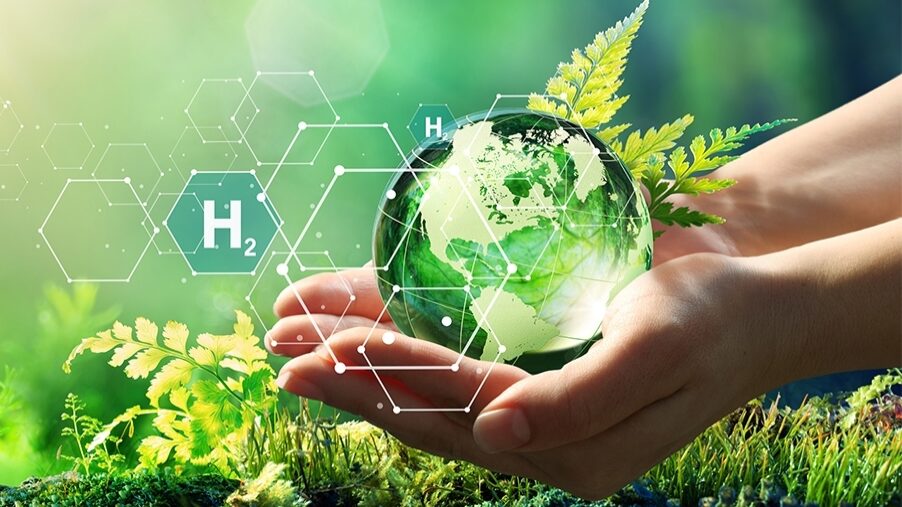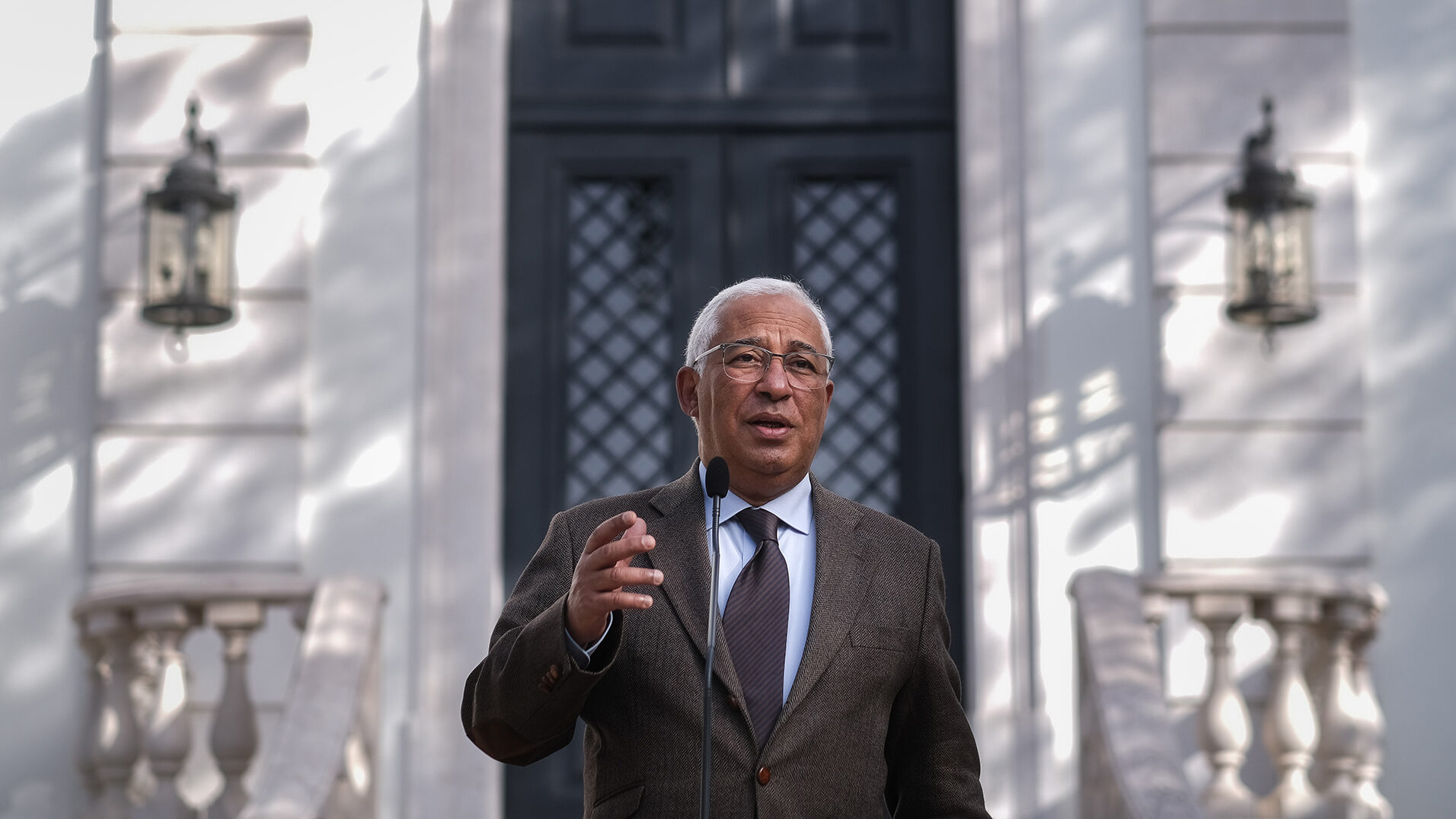Will Sines be the new gas gateway to Europe? António Costa says it is possible
"We have infrastructures to receive and export to Europe," assured the Portuguese prime minister. The problem is to get the gas to France and, from there, to the rest of Europe.
When the topic is energy, Portugal and Spain are not so much a peninsula as an island in the far west of Europe. The subject of electricity and gas interconnections (or lack of them) is an old one but is now gaining greater dimension and prominence amid the energy crisis in Europe.
This at a time when France (one of the great opponents of energy interconnections beyond the Pyrenees) has to import cheaper electricity from the Iberian Peninsula (because it is produced from renewable sources) and the rest of Europe faces a 40% dependence on the gas it buys from Russia.
“Portugal is, fortunately, less dependent than other states in Europe on energy from Russia,” António Costa said this Thursday
On the day Vladimir Putin ordered a military attack on neighbouring Ukraine, the Prime Minister did not miss the opportunity to recall that the EU should consider “the increase in interconnections between Portugal and Spain and Spain with the whole of Europe” as “absolutely decisive to significantly increase Europe’s energy security.
The EU should consider “increasing the interconnections between Portugal and Spain and Spain with the rest of Europe” as “absolutely decisive to significantly increase Europe’s energy security”. “We have infrastructures to receive and export to Europe”, he assured. The problem is to get the gas to France, and from there to the rest of Europe.
Natural gas arrives in Portugal mainly by sea, in methane carriers, via the Port of Sines, where it is stored at REN’s LNG terminal. By land, there are only two gas pipelines: one linking Campo Maior to Badajoz and the other linking Valença do Minho to Tuy. A third gas interconnection with Spain was once planned, but the project was cancelled.
As for Spain, the country is connected to the natural gas produced in North Africa by two pipelines through Tarifa and Almeria (the MAGHREB-EUROPE GAS, which connects to Morocco, and the MEDGAZ, which connects to Algeria).
On the border with France (Basque Country and Navarre) there are two other pipelines: one between Irun, on the Spanish side, and Biriatou, on the French side; and a second in Larrau. Here too, the Midcat pipeline project that was supposed to link Spain and France across the Pyrenees has been cancelled.
As for maritime entry points for LNG, Spain has the ports of Ferrol, Bilbao, Huelva, Cartagena, Valencia and Barcelona.
In António Costa’s view, the current military attack by Russia on Ukraine should be “an opportunity for the EU to look at the issue of energy security from a 360-degree perspective, and to understand how essential it is to diversify Europe’s energy supply sources and to diversify the energies used in Europe, accelerating the process of decarbonisation of renewable energies”.
Already in the past, António Costa has insisted in Brussels on an increase in energy interconnections between Portugal and Spain and between the Iberian Peninsula and France. “This is an issue that has been dragging on for a long time and where it is essential to find solutions in the European framework. Portugal has scrupulously complied with bringing forward the closure of coal-fired electricity generation. Therefore, it is time for France to fulfil the obligations it has taken on to allow the increase in interconnections,” he stressed.
Can Sines take natural gas to the heart of Europe?
The Secretary of State for Energy, João Galamba, had also argued that to overcome the strong dependence on Russian gas (40%), Europe must rethink its strategy and get closer to the profile of the Iberian Peninsula: diversify suppliers and invest more in Liquefied Natural Gas, transported by methane carriers, recalling that the USA has already strengthened its capacity to export gas by this route to Europe.
One of the gateways for American gas to Europe, Galamba says, could be the Port of Sines. “However there is still the limitation of the interconnection between Spain and France. The pipeline in the Pyrenees exists but has little capacity. The role of the Iberian Peninsula’s ports has to be rethought, despite France’s resistance,” Galamba concluded, recalling that “the best defence against dependence on natural gas is to invest more in renewables”.
A study by Belgian think tank Bruegel also recognises that “the Iberian Peninsula is a hub for import terminals for Liquefied Natural Gas” (natural gas in a liquid state that has been cooled to facilitate safe storage and transport on ships) from, for example, the United States, which has even increased its production to export more to Europe.
The same study says that the Iberian Peninsula region can import 40 terawatt-hours (TWh) per month, but can only consume 30 terawatt-hours. The challenge is to transport the excess gas to the rest of Europe, as existing pipelines allow a maximum transfer of 5 terawatt-hours per month.
In addition, the central and eastern European pipeline system was originally designed to bring imports from the east to end consumers. Despite investment in reverse flow capacity and the construction of new pipelines, if too much gas were to come from western Europe, pipeline bottlenecks could prevent sufficient deliveries to central and eastern Europe.


